Under the twilight sky of Larrakia Country (Australia), with the sea breeze flowing through the palms, Country to Couture 2025 returned to Darwin as a vibrant cultural movement, not just a fashion event.
This year’s showcase coincided with the National Indigenous Fashion Awards (NIFA) and marked a significant milestone of ten years in changing Australia’s fashion narrative through Indigenous artistry, community, and innovation.
For over a decade, these events have grown from grassroots gatherings to internationally recognized showcases of meaningful fashion. In 2025, the purpose stood out clearly: to honor ancestral design, empower Indigenous creators, and reshape fashion one stitch, screen print, and seed pod at a time.
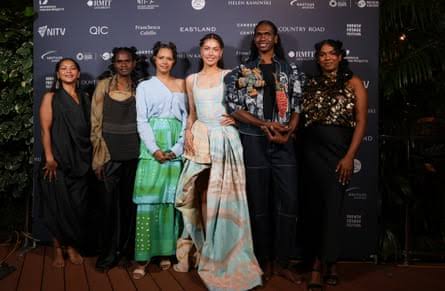
Photo credit: The Guardian
 A Fashion Movement Rooted in Country
A Fashion Movement Rooted in Country
Organized by the Darwin Aboriginal Art Fair Foundation through its Indigenous Fashion Projects, Country to Couture is unique. It features Indigenous designers who create and build the event, often partnering with remote art centers, grassroots groups, and cultural elders.
This year, the runway showcased two curated themes
“Threads of Country” celebrated heritage, intergenerational knowledge, and strong connections to land and sea.
“Rising Colors: The BLAK Party” provided a bold, contemporary celebration of self-expression and cultural evolution.
From the opening performance by Yolŋu model Magnolia Maymuru, who expressed spirit through traditional dance, to a final walk that blurred the line between couture and ceremony, the show felt less like a fashion event and more like a cultural awakening.
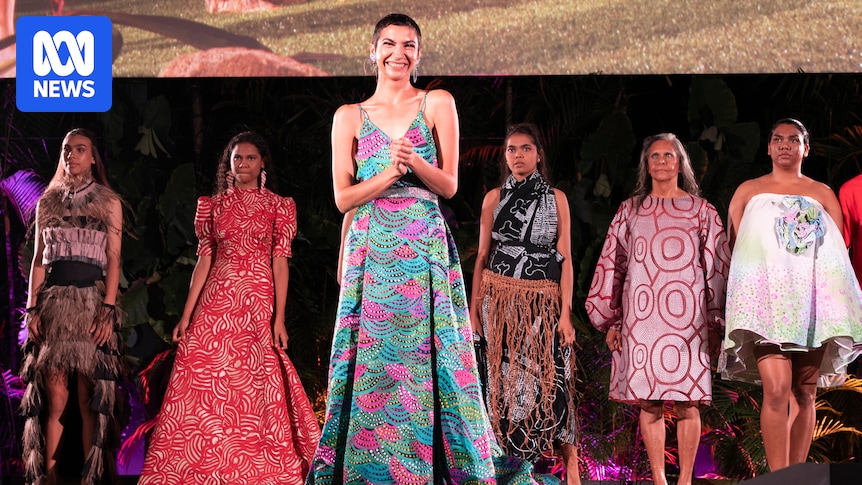
Photo credit: ABC News
The Designs That Spoke Volumes
Among the 22 collections showcased, several stood out for both their beauty and the stories woven into each garment:

Using rich indigo and plant-dyed fabrics, this collection brought the waters of the rainforest and reef to the runway. It combined textile innovation with age-old dyeing techniques passed down through generations.

Turtle shell patterns, shimmering blue waves, and oceanic silhouettes told a story of marine life as kin—an homage to saltwater Country facing climate challenges.

This collection showcased collaboration, blending Yolŋu screen printing with high-end tailoring while weaving cultural motifs with modern elegance.

Featuring bogong moth symbols sewn into each piece, this collection advocated for ecological preservation and cultural reclamation through wearable protest.
Emerging names like Mim × TATIA and KingKing Creative also drew attention by merging streetwear with their deep-rooted cultural identities. Their message was clear: Blak is not just beautiful; it’s brilliant, bold, and looking to the future.

Photo credit: Art Times
 The National Indigenous Fashion Awards (NIFA): A Night of Honor and Heritage
The National Indigenous Fashion Awards (NIFA): A Night of Honor and Heritage
Held on August 6 at Darwin’s iconic Deckchair Cinema, the National Indigenous Fashion Awards highlighted the creators, storytellers, and entrepreneurs shaping the Blak fashion industry.
This year’s NIFA panel, which included Yatu Widders-Hunt, artist Lisa Waup, and Country Road’s Jessica Poynter, recognized excellence across seven categories, from Textile Design to Business Achievement.
The Emotional Centrepiece: Cleonie Quayle
One of the most moving moments of the evening happened when Cleonie Quayle, a Malyangapa Barkindji artist, won the Wearable Art Award. Her piece, made from jacaranda seed pods with gold tips, was more than just a dress. It honored her daughter, rapper Barkaa, whose journey through trauma and healing inspired this organic masterpiece.
As mother and daughter embraced on stage, the message was clear: fashion can carry grief, joy, pride, and power all in one garment.
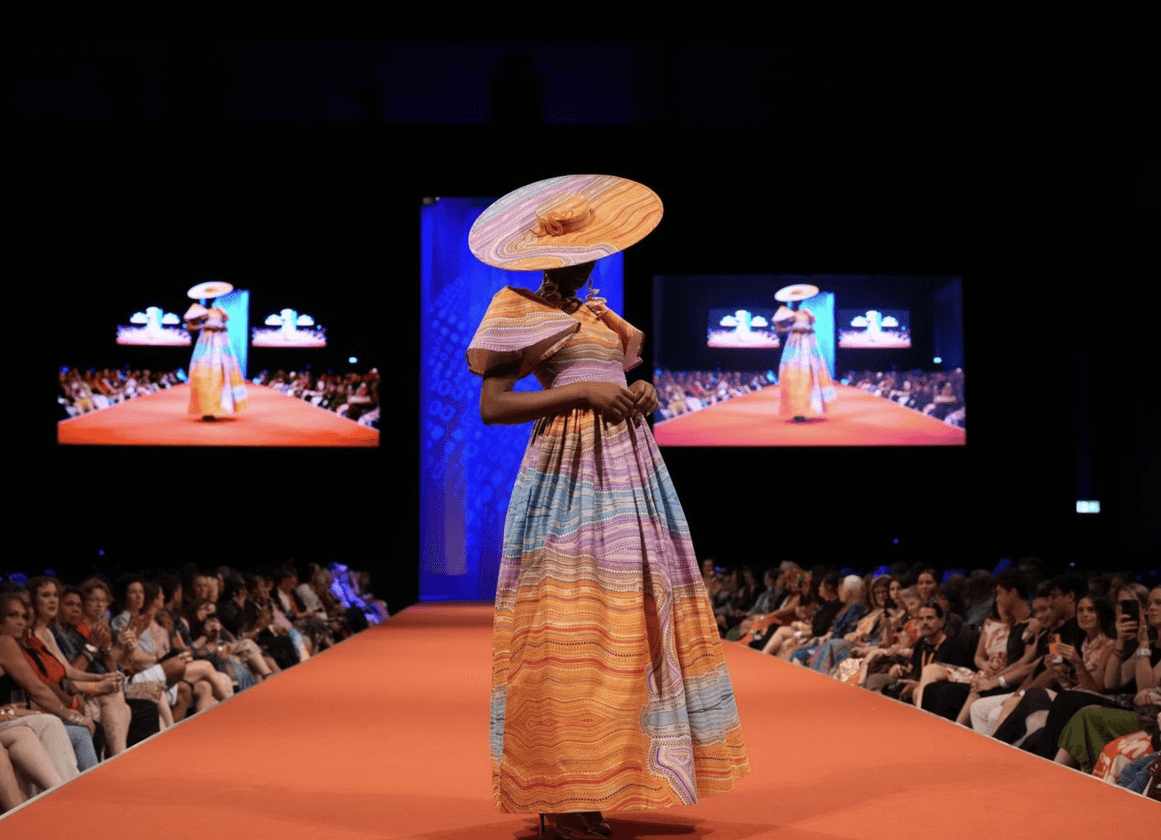
Photo credit: Style Up
Fashion as Political and Cultural Resistance
What makes Country to Couture and NIFA stand out is not just the celebration; it’s the resistance. In a world where cultural appropriation often erases origin stories, these events serve as reclaiming forces.
Every stitch becomes political as designers reclaim traditional techniques that were lost or banned due to colonization. Each silhouette acts as a statement of sovereignty when created on Country, for Community, by those who carry their Ancestors’ stories.
From using natural dyes to hand-sourced bush materials, the collections highlight sustainability rooted in Indigenous design. While mainstream fashion rushes to adopt eco-friendly practices, these designers show that sustainability is not a trend; it’s a tradition.
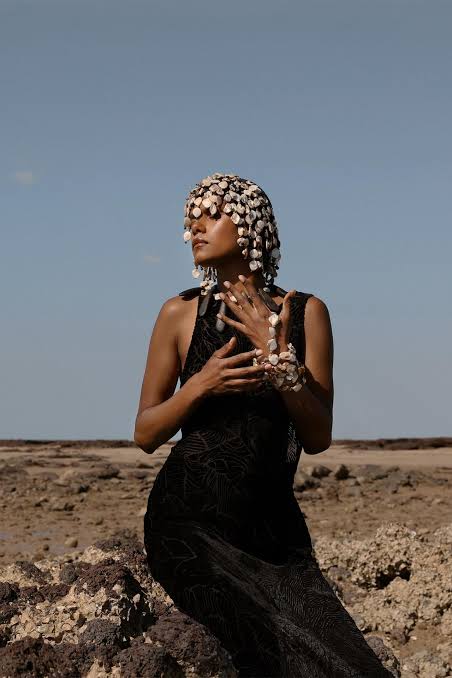
Photo credit: Vogue Australia
10 Years of Country to Couture: A Legacy in the Making
Since its debut in 2016, Country to Couture has:
Showcased over 120 collections
Presented more than 1,000 original looks
Featured over 250 First Nations models
Generated hundreds of thousands in royalties for remote artists
Created pathways for global recognition, mentorship, and economic growth
Designers who first showcased in Darwin now walk international runways, collaborate with major fashion houses, and sell globally through online marketplaces and social impact labels.
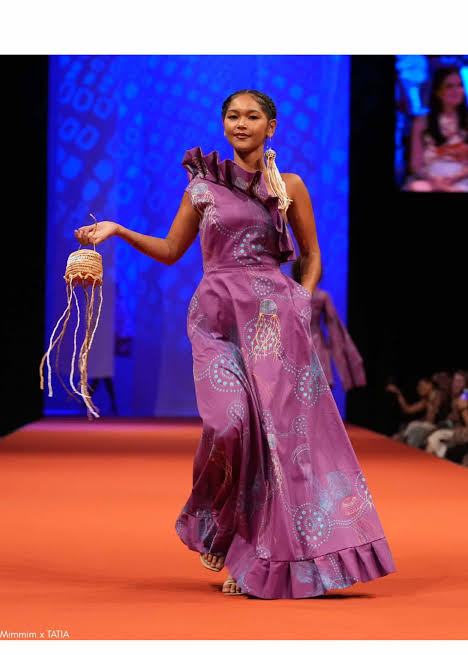
Photo credit: TikTok
The Rise of Blak-Owned Brands
Labels like Magpie Goose, Clothing the Gaps, and Ngali, led by Dr. Denni Francisco, a past NIFA winner, have become examples of ethical fashion entrepreneurship, placing First Nations voices at the center of Australia’s fashion future.
What the Future Holds: Decolonizing Fashion, Digitally and Globally
Looking ahead, Country to Couture plans to expand its digital reach through immersive online showcases, augmented reality storytelling, and global streaming partnerships. However, the goal is not to blend into mainstream fashion weeks.
Instead, it’s about building a separate system rooted in Indigenous values. Here, fashion becomes a ceremony, commerce uplifts communities, and identity is worn with pride.

Photo credit: Facebook
Imagine This:
VR runways on Country, allowing viewers to walk through bushland or salt flats as part of the show
Blockchain-certified designs linked directly to artists and communities for transparent royalties
Cultural safety protocols are included in every collaboration contract
A First Nations Fashion Institute is training future generations in both business and design
That’s not just a dream; it’s a plan. Country to Couture is laying the groundwork.

Photo credit: Indigenous Fashion Projects
 Final Reflections: Beyond Fashion
Final Reflections: Beyond Fashion
Country to Couture and NIFA are not just events; they are spaces for telling the truth, places for healing, and arenas for visibility. As Western fashion faces its role in exploitation, Indigenous designers show that fashion can also restore, uplift, and connect.
Wearing Indigenous fashion is about honoring more than style; it’s about carrying Story, Country, and Resistance. In a time of climate crisis, cultural disconnection, and fast fashion fatigue, this kind of fashion is not just relevant; it’s transformative.

Photo credit: Peppermint Magazine
 Ready to Support? Here’s How:
Ready to Support? Here’s How:
Buy from Blak brands. Seek out Indigenous-owned labels and marketplaces.
Respect the story. Understand the meaning behind designs before wearing them.
Support policy and funding. Advocate for ongoing government and industry investment.
Follow and share. Use your platform to promote Indigenous designers’ work.
Country to Couture 2025 wasn’t just a fashion show. It was a vision for the next century of fashion—a future where creativity, culture, and community walk hand in hand, proudly on the runway.
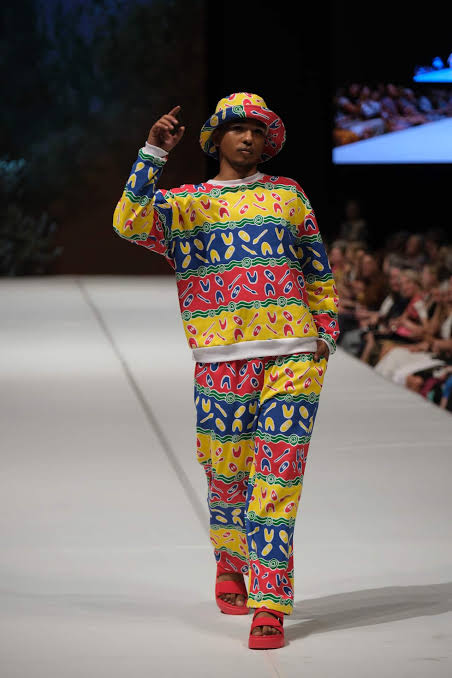
Photo credit: SBS


Recommend0 recommendationsPublished in apparel, Bridal, celebrity fashion, Our Fashion Passion, Petite, Plus Size, Pop Fashion, street style, Uncategorized

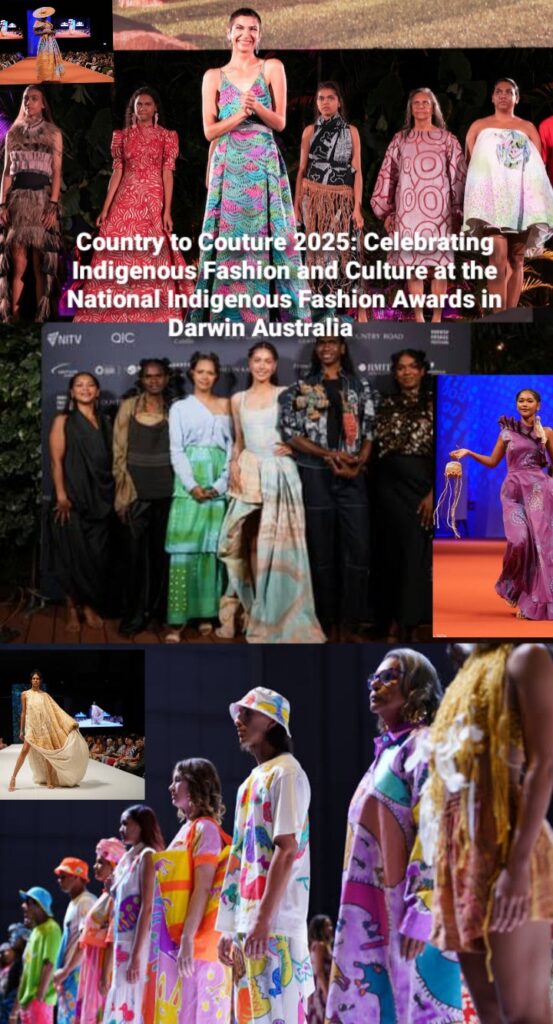

 A Fashion Movement Rooted in Country
A Fashion Movement Rooted in Country

 The National Indigenous Fashion Awards (NIFA): A Night of Honor and Heritage
The National Indigenous Fashion Awards (NIFA): A Night of Honor and Heritage


 Final Reflections: Beyond Fashion
Final Reflections: Beyond Fashion Ready to Support? Here’s How:
Ready to Support? Here’s How:
